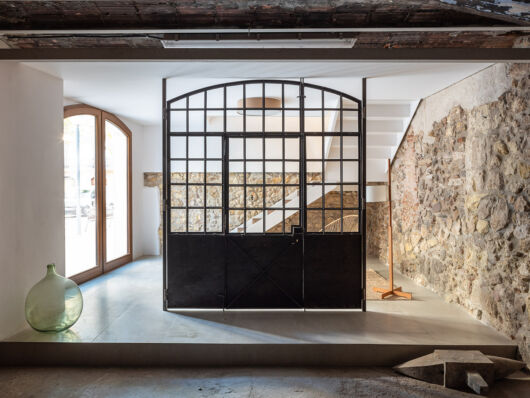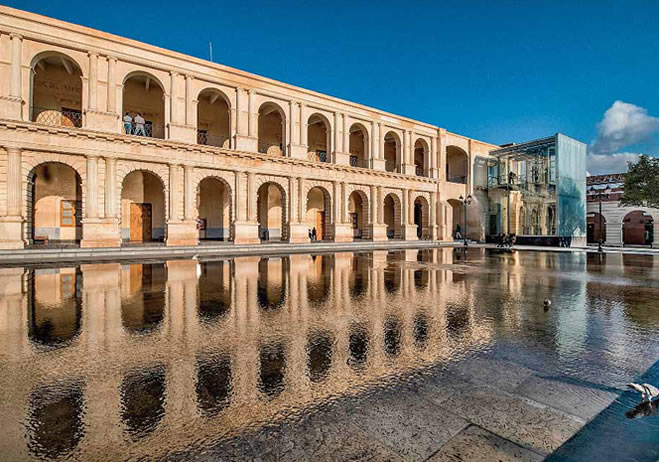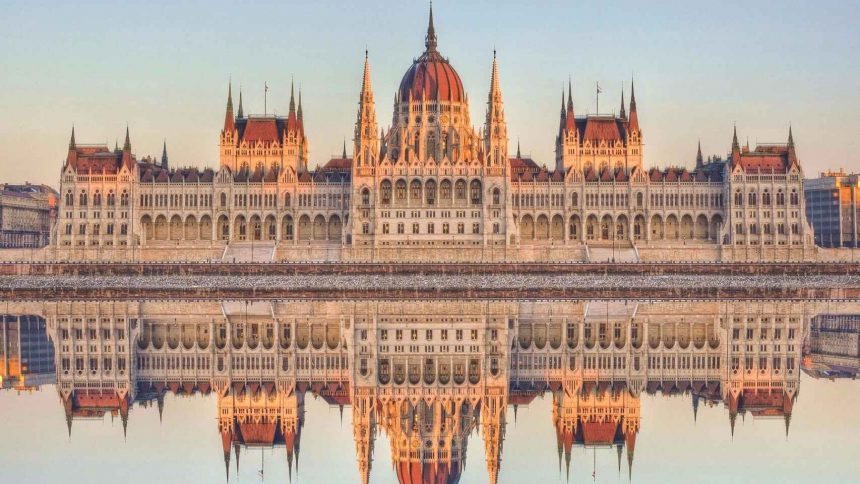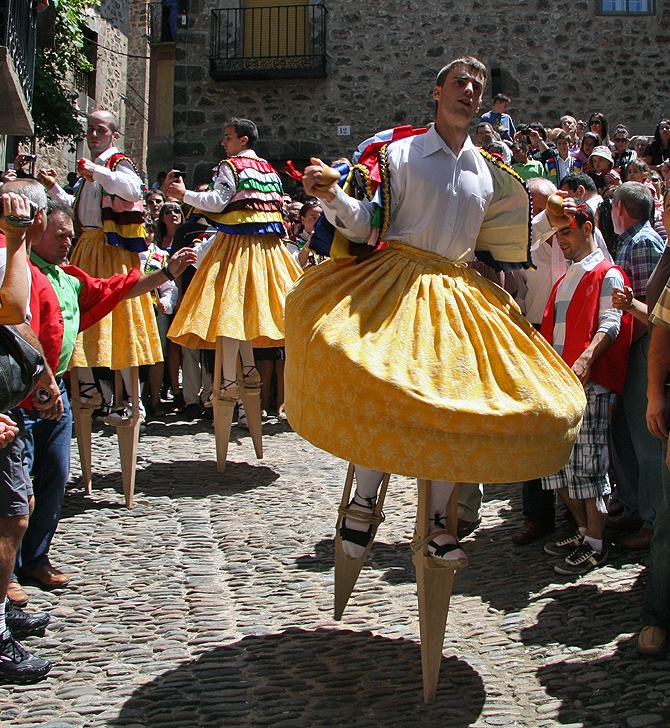What is cultural heritage?
set of assets acquired by inheritance
culture:
shared lifestyles, art, knowledge, gastronomy, traditions…
cultural heritage:
set of assets that have to do with culture, will they be tangible or intangible. It implies cultural identity of the people.
cultural identity
regarding architecture, the concept of monument has evolved over time.
unitil WWII, monuments were ancient monumental buildings that had to be protected.
Nowadays, also works by unknown people are also considered heritage, Heritage is now considered cultural assets.
through hostory there have been many organisms that have given recommendations to preserve cultural assets, for example, the UNESCO. They propose a classification for cultural assets:
- monuments
- sets (sets of buildings, sculptures…)
- places
In Spain, the cultural heritage is regulated by the law of Patrimonio Histórico Español.
cultural assets = monumets, works of art, antiques… + habits, customs, traditions, economy, gastronomy…
Why preserving heritage?
because they have VALUE OF CULTURAL IDENTITY, wether it is artistic, historical, antique, authenticity, social, economical or cultural
What should be preserved?
It is impossible to preserve it all, so we must choose the ones that are more valueble
a) protection of values
b) physical conservation: matter, constructive technique, shapes, colours, character, use, environmet, meanings…
c) enhacement (valorisation)
How to preserve?
a) legislative elements
indirect
- protecting: laws, rules. The right of the comunity over the private interest. There are different levels of protecting, tuteling
- inventorying: list of assets that have interesting values. Preventive conservation
- cataloguing: also a list of assets, but in this case, they are described, historical, artistic study of it. Extended version of an inventory.
b) actions of intervention
direct
- preservation: middle step between direct and indirect conservation. It implies the asset itself, but with enphasis on the preventative aspect. There is no action over the asset itself.
- maintenance: continuous and gradual operations, repairing little damages. One of the most recommended
- repairing: fix damaged parts, linked to mantenance
- consolidation: reinforcing preexisting elemets.
- renovation: impmrove ots legibility without alterations on its documentaty nature, has to do with aesthetics.
- adaptation: return something to their original state and use, or to give it a new one.
- reconstruction: rebuild something that has been broken in specific circumstances (they imply identity)
- anastyolisis: a ruined building is rebuilt using original elements
- Restoration: return a building to is earlier state, go back to the original state of the building, generaly rejected.




